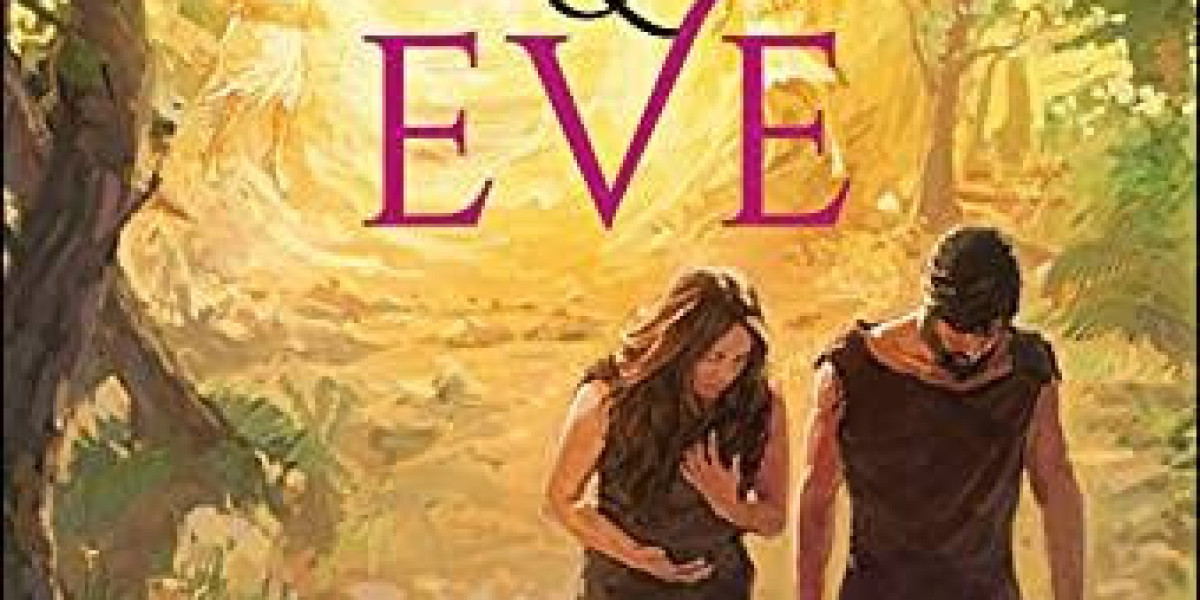The First Book of Adam and Eve is an ancient apocryphal text that is not part of the canonical Bible. It is considered a part of the Pseudepigrapha, a collection of ancient Jewish and Christian writings that are attributed to biblical characters but were not included in the official Biblical canon.
This particular text is also known as the "Conflict of Adam and Eve with Satan" or simply the "Life of Adam and Eve." It is divided into two main parts the first one narrating the story of Adam and Eve's expulsion from the Garden of Eden and their life outside paradise, and the second one focusing on their final days and the legacy they leave behind.
The narrative begins with Adam and Eve being created by God and placed in the idyllic Garden of Eden. It details their initial innocence and blissful existence, the temptation by the serpent (often identified with Satan), and their subsequent disobedience by eating the forbidden fruit from the Tree of Knowledge of Good and Evil. The consequences of their actions lead to their expulsion from paradise and the introduction of suffering and mortality into the world.
The text delves into various themes, including the consequences of sin, the nature of human suffering, and the role of divine judgment. It also introduces figures like Michael the Archangel, who plays a significant role in guiding and comforting Adam and Eve during their post-Eden lives.
As the narrative progresses, Adam and Eve face numerous challenges, including the loss of their son Abel due to the jealousy of his brother Cain. The text also addresses themes of repentance and forgiveness, as Adam and Eve seek reconciliation with God.
The First Book of Adam and Eve is often studied for its insights into early Jewish and Christian traditions, as well as its exploration of theological concepts. However, it's essential to note that its status as an apocryphal work means that it is not universally accepted as scripture by all religious traditions. Different versions and variations of the text exist, contributing to the diverse interpretations of its content.










